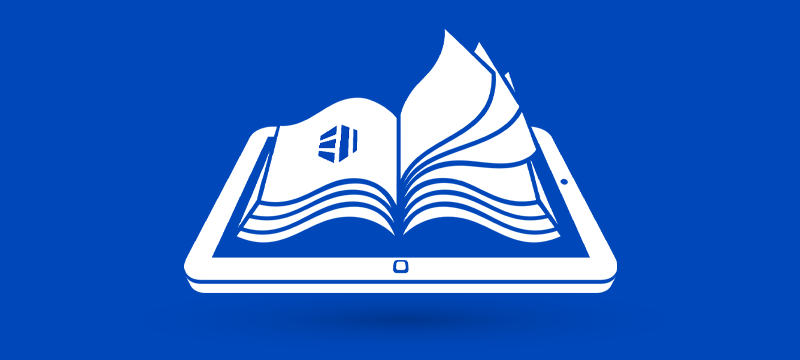In today’s digital market, businesses are constantly seeking innovative ways to promote their products and services to a wider audience. While online marketing channels, such as social media and email campaigns, are popular, traditional marketing materials, like brochures, continue to play a vital role in business promotion. Brochures provide a tangible representation of a company’s offerings, allowing firms to effectively engage potential customers. Now, with the advent of digital formats, brochures have become even more valuable as they can easily reach a global audience, provide interactive experiences and enhance brand visibility. In this post, we will discuss the value of using brochures, particularly in digital formats.
Comprehensive overview
One of the key advantages of using brochures, whether in print or digital formats, is their ability to deliver a comprehensive overview of a company’s products or services. A well-designed brochure can present information in a visually appealing manner, highlighting key features and benefits. This can be especially beneficial for businesses that have a wide range of products or services, as brochures allow them to showcase their entire portfolio in a single, easily digestible format.
Easy distribution
Digital brochures offer several distinct advantages over print versions. Firstly, they can be easily distributed and accessed by a global audience. With billions of people now having access to the internet, businesses can reach potential customers worldwide with just a few clicks. Digital brochures can be shared through email, downloaded from websites, embedded into apps or distributed via social media platforms; they can even be read virtually in metaverses. All these various modes of access allow businesses to extend their reach beyond geographical boundaries, making them an excellent tool to expand the customer base and explore new markets.
Interactive experiences
To make a digital brochure even more appealing to an audience, they can include interactive experiences. Unlike traditional print brochures, digital formats can incorporate multimedia elements such as videos, animations and audio clips. These interactive elements can captivate the audience’s attention and provide a more engaging and immersive experience. For example, a furniture retailer can include 360-degree product images in their digital brochure, allowing potential customers to explore and visualise products from different angles.
At the same time, digital brochures can also include links. These can take users to different pages on the website or open up tools on their browser, such as a measurement tool to see if items will fit in the user’s home.
Tracking and analysis
There is very little businesses can learn from a printed brochure once it has been handed out. With digital brochures, they have the advantage of being able to track and analyse user engagement. With the help of analytics tools, they can gather valuable data on how users interact with their digital brochures. Metrics such as the number of views, time spent on each page and click-through rates provide insights into customer behaviour and preferences. By analysing this data, companies can gain a better understanding of what content resonates with their audience and optimise future marketing efforts accordingly.
Cost-effective
Another significant benefit of using digital brochures is their cost-effectiveness. Traditional print brochures can be expensive to produce, requiring costs for design, printing and distribution. On the other hand, digital brochures eliminate printing and distribution costs, making them a more affordable option, especially for startups and small enterprises with limited marketing budgets. Digital brochures can be created using design software or online tools, and they can be easily updated or modified without incurring additional costs. This flexibility allows businesses to adapt their brochures to changing market conditions or promotional offers swiftly.
Of course, by not using so much paper and by distributing electronically, digital brochures also have a much smaller carbon footprint than their printed counterparts.
Searchable online
Digital brochures can gain an even wider audience by being optimised for search engines. When potential customers search for relevant products or services, a well-optimised digital brochure can appear in search engine results, driving targeted traffic to the business website. Additionally, by including social sharing buttons in the digital brochure, businesses can encourage users to share the brochure with their networks, expanding the brand’s reach organically.
Conclusion
Brochures remain a valuable marketing tool for businesses, and with the rise of digital formats, their effectiveness has been further enhanced. Digital brochures provide a versatile and cost-effective solution to promote products and services to a global audience. They enable companies to deliver comprehensive information, provide interactive experiences, track user engagement and enhance brand visibility.
Looking for powerful, reliable and secure hosting for your business? Visit our homepage to see our comprehensive range of managed hosting solutions.



